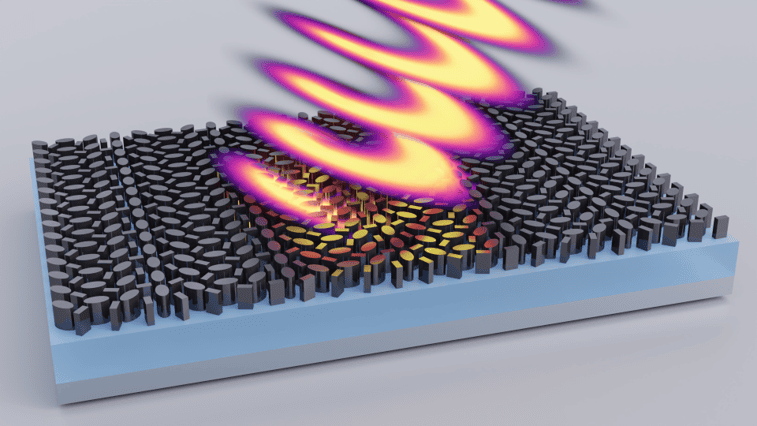How would you like your steak: rare, well-done, or 3D-printed? Well, thanks to scientists from Japan this is now a legitimate question as they have managed to create the world’s first-ever 3D-printed Wagyu beef. While it may sound unbelievable, researchers from Osaka University say that the steak created in the lab bears great resemblance to that made from the world-renowned Wagyu beef cattle. To achieve this, the team isolated stem cells from Wagyu cows. These stem cells were then incubated and converted into muscle, fat, and blood vessel cells.
With the help of 3D-printing technology, this was then converted into a three-dimensional stack that resembled the real steak, accurate even to its marbling. The marbling is what most meat connoisseurs and food experts will be keeping an eye out for as it lends the meat its rich flavours and distinctive texture. Wagyu beef is famous around the globe for this very marbling.
According to a paper published in the Nature Communications journal, the steak created had a diameter of 5mm and a length of 10mm. “In this study, a total of 72 fibres comprising 42 muscles, 28 adipose tissues, and 2 blood capillaries were constructed by tendon-gel integrated bioprinting and manually assembled to fabricate steak-like meat,” the paper detailed.
Speaking about the development, lead author Dong-Hee Kang said in a statement, “Using the histological structure of Wagyu beef as a blueprint, we have developed a 3D-printing method that can produce tailor-made complex structures, like muscle fibres, fat, and blood vessels.”
What does this mean for food and meat-manufacturing sectors? It could be the beginning of a more sustainable future, the team explained. “This work may help usher in a more sustainable future with widely available cultured meat, that is closer to existing products,” Dong-Hee Kang said.
In a similar vein, senior author Michiya Matsusaki added that improving the technology would help make subtle adjustments to the fat and muscle components. This, the team explained, would help people make informed decisions about the kind of cultured meat they want to consume. Further development of the technology would help meat eaters take into consideration what they want to consume based on the desired amount of fat, taste, and health parameters of the cultured meat.
The development comes at a time when even “cultured meat has drawn tremendous attention from the standpoints of ethics, economics, the environment, and public health,” the paper said. The technology gains further relevance at a time cattle farming techniques practised presently are considered unsustainable from the climate change and population explosion perspectives.








